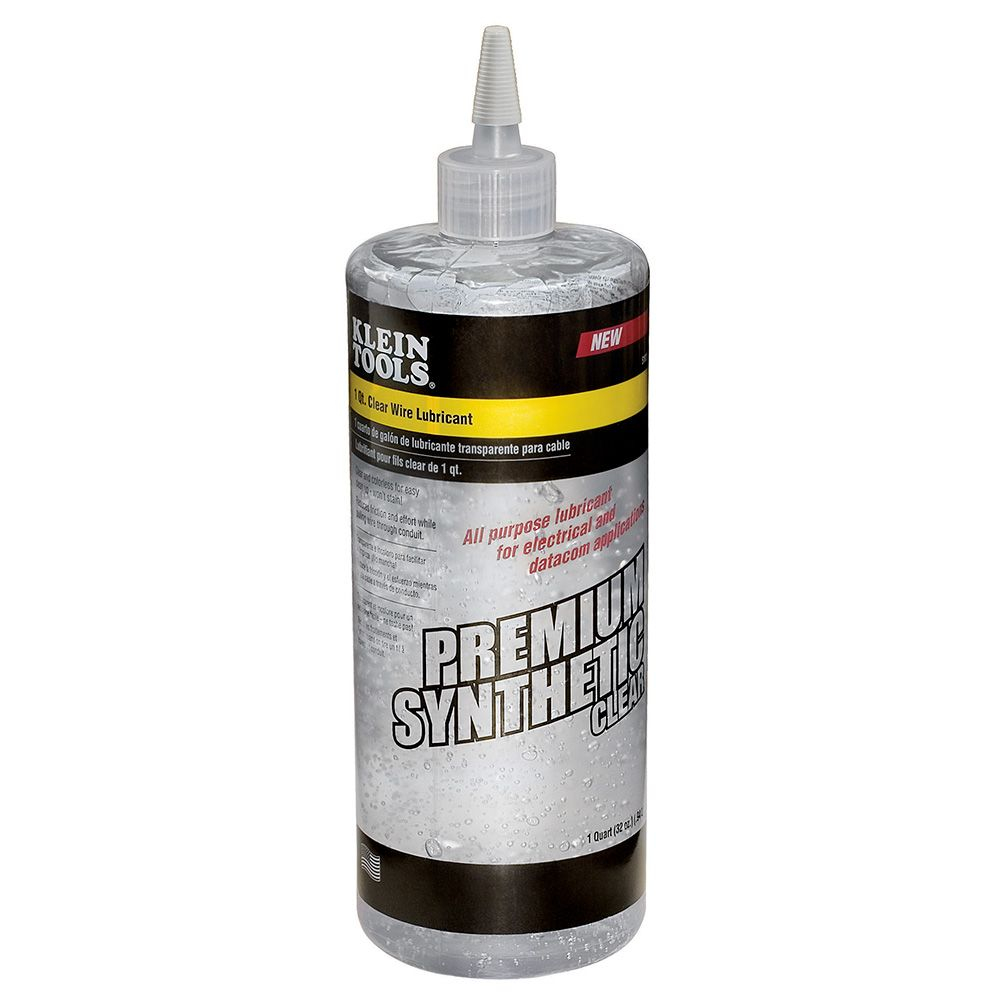So opinion seems to be split here on the exact question that I am asking....
Either:
a) This is a simple 120v outlet box made specifically for RVs that offers a choice of 2 types of 120v connections with local disconnects to prevent arcing at the plug when connecting/disconnecting.
OR
b) The presence of breakers and both 20a and 30a outlets forces us to consider this as a sub panel with 2 branch circuits. I do know that the NEC does NOT allow 120v subpanels, they must be fed with 2 hot legs, a neutral and a ground.
I am inclined to go with (a) because of the following:1. If this was a sub-panel, it would have a "main" disconnect to shut off the whole panel, not just breakers for the branch circuits.
2. There are no knockouts or other provisions for running cables out of this panel, or for adding additional breakers, so it's hard to consider this a sub-panel if you can't connect anything to it.
3. Given the above, you couldn't utilize 240v from this panel if you wanted to ...existing connections donlt support it and there is no way to create or attach a 240v outlet.
4. This is made specifically for RV use, it's not a general use device.Speaking of sub-panels and inspections, we just had our new 24x30 garage built and wired in January. The contractor had his electrician come in and wire a 100a sub panel in the garage. It has a single ground rod installed outside the garage, not 2 like what you are saying is now required.
The inspector came and verified that the GFI breakers worked and randomly checked some outlets. He never looked at the sub-panel, the trench to the garage was already filled in by the electrician so the depth of the conduit was not inspected, the inspector never went into the basement to see how the cable was run in the house, nor did he look at the main panel to see how it was connected.
Regarding the cable pulling, I pulled all of the cable out of the conduit except for one #12. Then I twisted all 3 of the 10's together and attached to the 12 I was using as the pull wire. I didn't solder the ends together, but wouldn't hesitate if I needed to.
I set up the 3 spools of THWN on a dowel rod so they could spin, positioned DW there with the lube and told her to squirt some in the conduit about every 6' or wire. Worked like a charm, although I think #8 would have been a bear.

